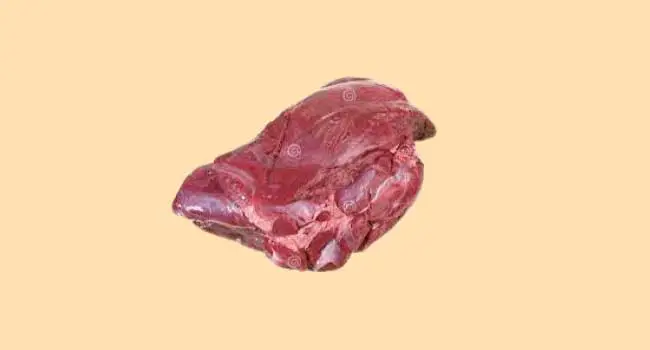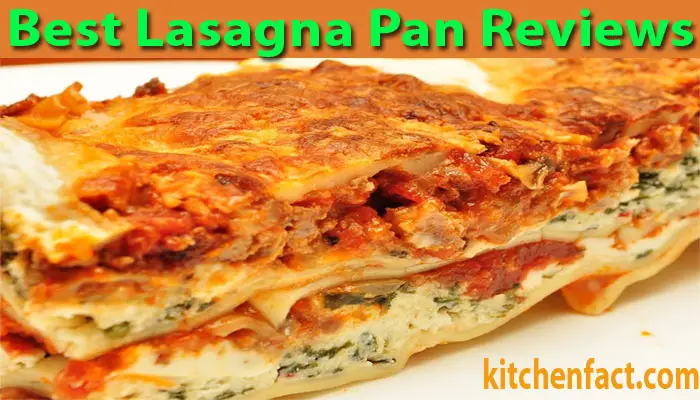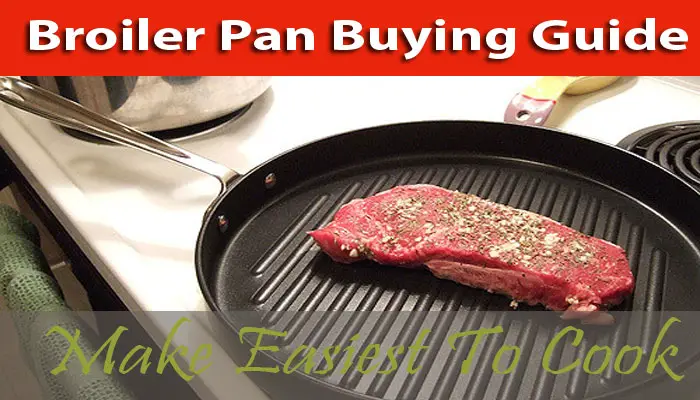Deer meat can be tough and chewy if not prepared correctly. When done right, ground deer meat makes an excellent meal. It’s even healthier than store-bought ground meats. Venison is very lean and has a very low-fat content. It’s also more flavorful than other ground meats, thanks to the gamey flavors from the animal itself.
This article will teach you how to grind deer meat into hamburger or sausage with the right tools and ingredients. We’ll also talk about what kind of fat should be used in your recipe – pork or beef?
How to Prepare Deer Meat for the Grinder
Just like you need to prep beef before grinding, venison also demands some work before it can be ground. Skipping the prep could make you hat game meat for good. The following steps will give you a different stand on this. Follow them for the best grinding experience.
Pre-prep
Before you start grinding, it’s essential to make sure your meat is clean and free of any hair or dirt. It’s also a good idea to let the deer meat thaw for about 12 hours in the fridge before starting prep work so that it doesn’t turn out too tough.
Choice of cuts
Quarters are the best parts to prepare grinding meat from. The loins and tenderloins are less muscular and contain lesser flesh. Leave these parts for grilling.
Cut from both sides of the muscle group in front of your rib cage (the area just above where the tail end meets) horizontally across until you reach each other on either side. Cut them into even-sized strips about an inch wide — don’t worry if some muscles are smaller than others because this won’t affect how well they grind up!
Strip the bones
It’s rather evident that you won’t be grinding bone meat. You’ll need a sharp and stiff boning knife for this step. A filleting knife isn’t exactly suited for this work.
Remove the silver skin
Try to get rid of as much silver skin as you can. This is for two reasons;
First, silver skin is tasteless. Although you may not remove all the silver skin, you wouldn’t want to cook something flavorless alongside your favorite dish.
Secondly, silver skin tends to prevent the ground meat from binding. If you like making hamburgers and meatballs, the least you would want to experience is your meat failing to hold together.
Remove all the fat
Just like with the silver skin, fat is no welcome in ground venison. Perhaps you’re wondering why we may need to add pork or beef fat when grinding deer meat. Here is the reason you can’t achieve a good flavor with deer fat:
- The fat in venison causes it to retaina lot of gamey flavors after cooking.
- When cooked, the fat will still solidify when the meat cools. It will leave the roof of your mouth with a waxy texture.
If you desire some bacon flavor, you can leave a small amount of fat. You should trim all visible veins, chunks, and silver skin as well – this will help produce a consistent grind by removing any uneven-sized pieces. Be careful not to cut through into muscle tissue!
Cut up the meat
Depending on the size of your grinder, cut the meat into small cubes, typically ¾ or1-inch. You may need to cool the meat before you cut it up for an easier task.
Freeze the meat
Place your meat on a cookie sheet and place it in the freezer for about half an hour. This step is essential for two reasons:
- The low temperature destroys any bacteria that may have contaminated the meat.
- The cooled meat will be a bit firm, enhancing the operation of the grinder. If you’re a hunter, you most probably have a manual grinder in your kitchen. Why not get the meat cold and grind it much more efficiently?
Precaution:
Do not wash the meat before grinding. This part may sound gross, but do NOT rinse your trimmed meat. Washing the venison can cause cross-contamination with bacteria, and it will spoil the game.
Moisten your hands with water before handling any venison. Dry hands could change its flavor or make it more likely to develop food poisonings like e-Coli or Salmonella. It’s also advised not to touch anything else while grinding to avoid spreading germs.
Related Topic:
- Best meat grinder for deer review and buying guide.
- How to grind meat in a food processor
How to grind deer meat into a hamburger
At this point, you’ve done most of the work. Here are the steps to getting that hamburger mince from the venison cubes;
Step-1: Add your preferred type and amount of fat to the semi-frozen meat before grinding
Step-2: Reattach the accessories you had tossed in the freezer.
Note: there are three common types of grind, i.e., all-purpose, chili and sausage grind. If you want the texture of a store-bought hamburger, use the all-purpose grind (medium grinding plate). Mount the medium grinding plate for this purpose
Step-3: Now start feeding meat into your grinder, ensuring you don’t fill the chute all the way up. Alternating between meat and fat distributes the fats evenly in the resulting mince.
Step-4: Run the meat through the grinder a second time, this time adding your seasonings. This way, the firm balls can form, ideal for a hamburger.
Step-4: You can now proceed to prepare your hamburgers.
Grinding deer meat with pork fat
Before we can look into the type and how much of the pork fat you can use, is there any other suitable type of fat? Let’s find out-
Adding fat to the venison has three main benefits:
- Adds flavor to the meat
- Enhances binding of the ground meat
- Adds moisture to the meat / promotes moisture retention
You can use either beef or pork fat, depending on what you want your venison to taste like.
When to use beef fat for grinding deer meat
Beef fat has a strong flavor that overwhelms both the seasonings and the wild flavor in venison. It may still be your preference, maybe due to intolerance to pork products.
Beef is also desired when the ground meat will be stored for a more extended period, typically beyond six months. This is because the beef fat won’t oxidize.
When to use pork fat for grinding deer
Pork has a mild flavor that doesn’t overwhelm that venison taste or the flavor in your seasonings. Pork fat is also easy on the meat grinder (especially if you have a manual one). It doesn’t jam the grinder. Still, pork fat won’t stick on your palate. Think of your hamburgers having that rich porky flavor, like the bacon burgers.
As you can see. Pork makes a better option for grinding venison, at least in most cases.
How much fat should you use to grind deer meat?
The answer to this depends on what you want to make with the ground venison. Here is a breakdown of the most common foods you can prep with venison and how much fat you can add:
10% fat
- Heavily seasoned neat meals
- Vension Chili
- Tacos
- Some burgers
20% fat
- Juicy burgers
- Meatballs
- Meatloaves
- Sausages
30% fat
- Summer sausages
- Snack sticks
Tips to grinding and preparing venison
- Grind as much as you intend to use
Grinding meat exposes a larger surface area to air and microbes. It is better to grind only the amount you want to use. If you must store ground venison, make about one pound softballs, and store it in plastic bags. Remember to squeeze out all the air, or you can use a vacuum sealer. The latter is usually the better option. You can store vacuum-sealed meat for up to six months in the freezer.
- Fresh ground meat is always better
Just like beef, venison that has been frozen will be mushy when cooked. Vacuum sealing reduces contamination and mushing. Unfortunately, freezer burns are not always avoidable with frozen meat. Fresh ground meat will always be better.
- Keep the grinder accessories frozen
Grinding involves friction, generating heat in the process. If you’re going to take a while grinding, this temperature rise can favor bacterial growth.
Freeze the various grinder parts such as the tray auger, plate, and blades in the freezer too. This way, the meat will remain cold all through grinding. It also reduces the risk of contamination and enhances the grinding action.
- Use the right plates
Depending on what you want to use the ground venison for, you can choose among small, medium, and large dies. For example, sausages work better with a fine grind, achievable with the small die. On the contrary, recipes like chili need a coarser grind, possibly with a medium or large die.
Sometimes you’ll need to use all the dies in turns, beginning with the large one. In such cases, always refreeze the meat for about 20 minutes between the grinds. Still, you’ll need to place the blade on the auger and then the plate on top before fastening with a retaining ring. This is to ensure the plate and the blade work in tandem to give a clean grind.
- Season the meat between grinds
If you want to season the meat for, maybe, sausages, you’ll want to add the seasoning after the first grind. The meat will absorb the spices and bind, ready for stuffing.
- Wear appropriate gloves for easier cleaning
Unlike the equipment, which you can easily wash with hot water and in the dishwasher, your hands will be harder to clean after the job. Wear gloves to reduce contact with the suet and fats. Besides, you do not want to touch your phone all any other thing with greasy hands as you grind the meat.
Video: How to Grind up Deer Meat
Conclusion
After reading this article, we hope that you have learned more about what goes into grinding up your own venison burger or sausage from home! You can now take all these tips and tricks back with you when hunting season starts again next year. You’ll save money by making your own venison burgers instead of buying them from a store! And if there’s anything else we missed out on in our guide, please let us know in the comments below!
Thank you for reading our blog post today -we hope that it was helpful!
Rita C. Donnell (Jennifer) has spent the last 26 years studying and practicing nutrition science. She has used a larger part of this time in improving people’s livelihoods. She has done so by coming up with unquestionable ideas on how to tackle food problems in her community. Readmore



